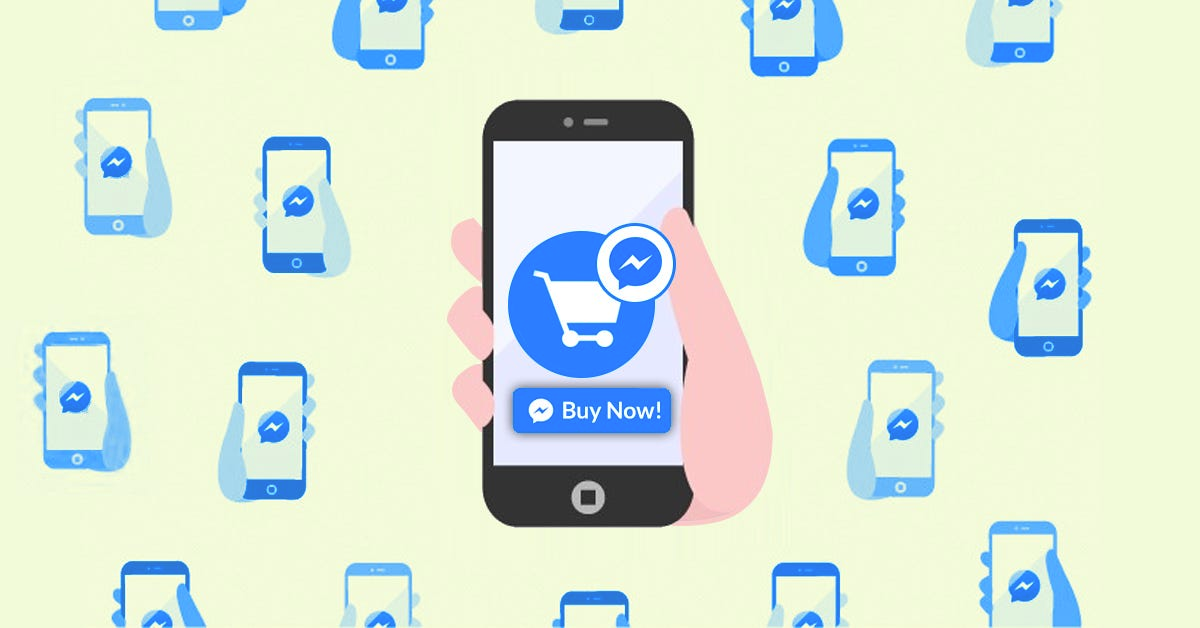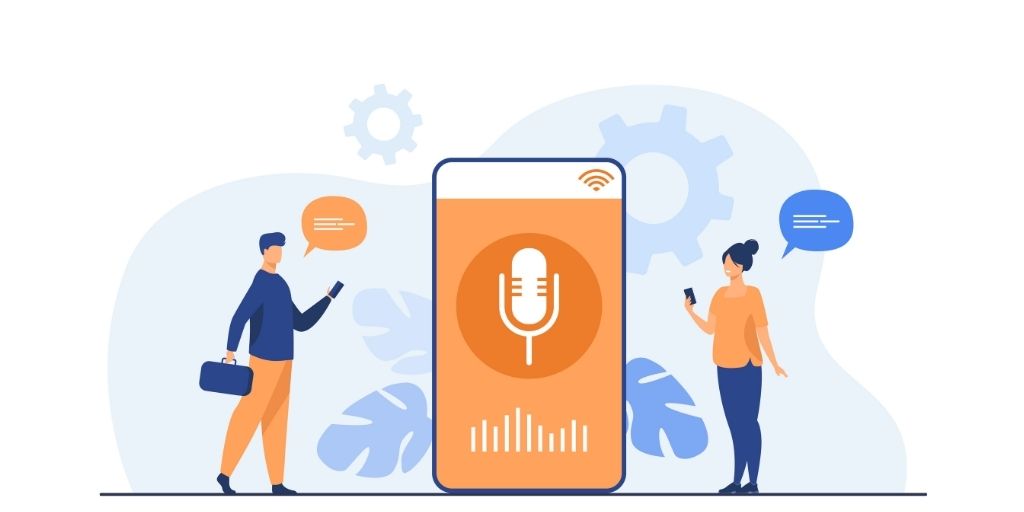How Hyper-Personalization Enables You to Leverage Data and Boost Sales

What is better than offering your e-commerce store customers a personalized shopping experience?
To provide them with a hyper-personalized one - why?
According to Boston Consulting Group's (BCG) Personalization Maturity Index found some interesting insights about it. They stated that:
- Retailers witnessed a 25% increase in revenue due to using advanced personalization.
- Customers said they were 110% more likely to add more items to their carts if the shopping experience were personalized.
- Customers who experienced a high level of personalization scored the retailer 20% higher on Net Promoter Score (NPS).
*N.B: Net Promoter Score (NPS) is a widely used market research metric to measure customer loyalty.
But what is hyper-personalization? And how is it different from personalization?
Table of Contents:
- What Is Hyper-Personalization?
- Difference Between Personalization & Hyper-Personalization
- Benefits of Hyper-Personalization in E-commerce
- Examples of Hyper-Personalization in E-commerce
- Convertedin to the Rescue!
What Is Hyper-Personalization?
Hyper-personalization is all about offering customers an extremely customized marketing experience through the usage of behavioral and real-time data of customers, which are extracted from different channels.
It's about learning from the visitors' actions in your store and using this data to provide an experience that speaks to them and drives more revenue.
Difference Between Personalization & Hyper-Personalization
.png?width=1920&height=1119&name=in-Blog-feature__%20(1).png)
Personalization and hyper-personalization can be best described as "same same, but different."
Long story short, hyper-personalization takes personalization to the next level. Personalization means utilizing transactional information like name, title, organization, and purchase history.
While hyper-personalization uses behavioral and real-time information like browsing behavior, in-app behavior, engagement data, purchase data, use of devices, searches, etc. For instance, with Convertedin, this data can be used to create ads, SMS, and email campaigns customized to fit the shoppers’ preferences and needs.
As for the difference between personalization and hyper-personalization, personalization can be like displaying ads targeting a specific customer segmentation based on demographics. However, hyper-personalization can be like Amazon or Spotify's recommendation engines.
Benefits of Hyper-Personalization in E-commerce
There are many benefits of hyper-personalization, such as:
Driving more revenue
It's a matter of fact, the more personalized and customized the shopper's experience, the more likely they are to buy from you. So the bottom line is personalization/ hyper-personalization and profit are closely tied!
Reducing customer churn
Hyper-personalization is a guaranteed way to combat customer churn because you use data related to your customer's behavior to create a tailored experience catering to their needs.
For example, let's say that an e-commerce store sends promotions to customers based on their previous purchases; what will happen then?
Three things will happen as a result:
- It will help them to build customer loyalty.
- It will improve engagement.
- And it will retain its most loyal customers.
Shifting the focus from static to dynamic
What is meant by this is that hyper-personalization helps you look beyond static or already-made customer segments/personas and focus more on the dynamic changing personalities of customers.
Why?
Because your shoppers change and their purchasing habits as well. And thanks to hyper-personalization, you will be able to keep up with these changes and anticipate your customers' needs. Thus, helping you in maintaining a solid customer base.
Acquiring new customers
Thanks to hyper-personalization, acquiring new customers has become a seamless process.
Here are a couple of examples to explain how:
- When a customer has shown interest in particular products on your website, hyper-personalization can help you create tailored ads on social media for products similar to those in which the user has shown interest. Also, you can launch ads customized to this user's specific demographics.
- When a user has been visiting your website regularly but never bought anything, with hyper-personalization, you can make personalized recommendations on your store to encourage them to purchase.
Boosting ROI, conversions & CTR
Thanks to e-commerce enterprises like Amazon, more and more users are in favor of hyper-personalized shopping experiences.
A survey by Epsilon and GBH Insights that included over 1,000 participants found that 80% want to witness more personalization from retailers.
That translates into more clicks, converts, and eventually a higher Return On Ad Investment (ROI).
Examples of Hyper-Personalization in E-commerce
A Fashion Company
Stitch Fix is a fashion company that provides customers with personal stylists to help them find suitable clothing items similar to their preferences.
Stitch Fix asks customers questions to have an idea about their tastes, and stylists pick five items for each shopper. Customers can keep what they want when they receive the items and send back the rest.
Stitch Fix focuses on customers' feedback regarding the items they kept and the ones they didn't. This data helps the company know what works and what doesn't, helping them build a hyper-personalized experience for their customers.
Amazon
Amazon provides one of the best hyper-personalized experiences for its customers. For example, Amazon creates a personalized homepage for each one of its customers based on data like shopping habits, wish lists, and shopping carts. That helps customers find out what they're looking for without exerting much effort.
Moreover, one of the best features of Amazon is the "frequently bought together."
When a customer searches for a particular product and clicks on it, Amazon recognizes the search, and the "frequently bought together" section shows up.
A Skincare Brand
SkinKraft is an Indian skincare brand that utilizes customers' data to create personalized skincare regimes for its shoppers.
They make customers take a skin assessment and ask questions about their age, gender, and concerns.
This assessment is used to make personalized product recommendations and help SkinKraft create better products for its shoppers.
Convertedin to the Rescue!
As you can conclude from the information above, hyper-personalization is essential to e-commerce brands; however, it requires a lot of planning and effort.
And that's where the Convertedin marketing operating system will come and make your job ten times easier.
Convertedin has many features, and all of them focus on hyper-personalization, such as:
- Ads automation
- SMS automation
- Email automation
- Product recommendation engine
All you have to do is fill out the form below to request a demo, talk with one of our experts, and leave the rest to us.

